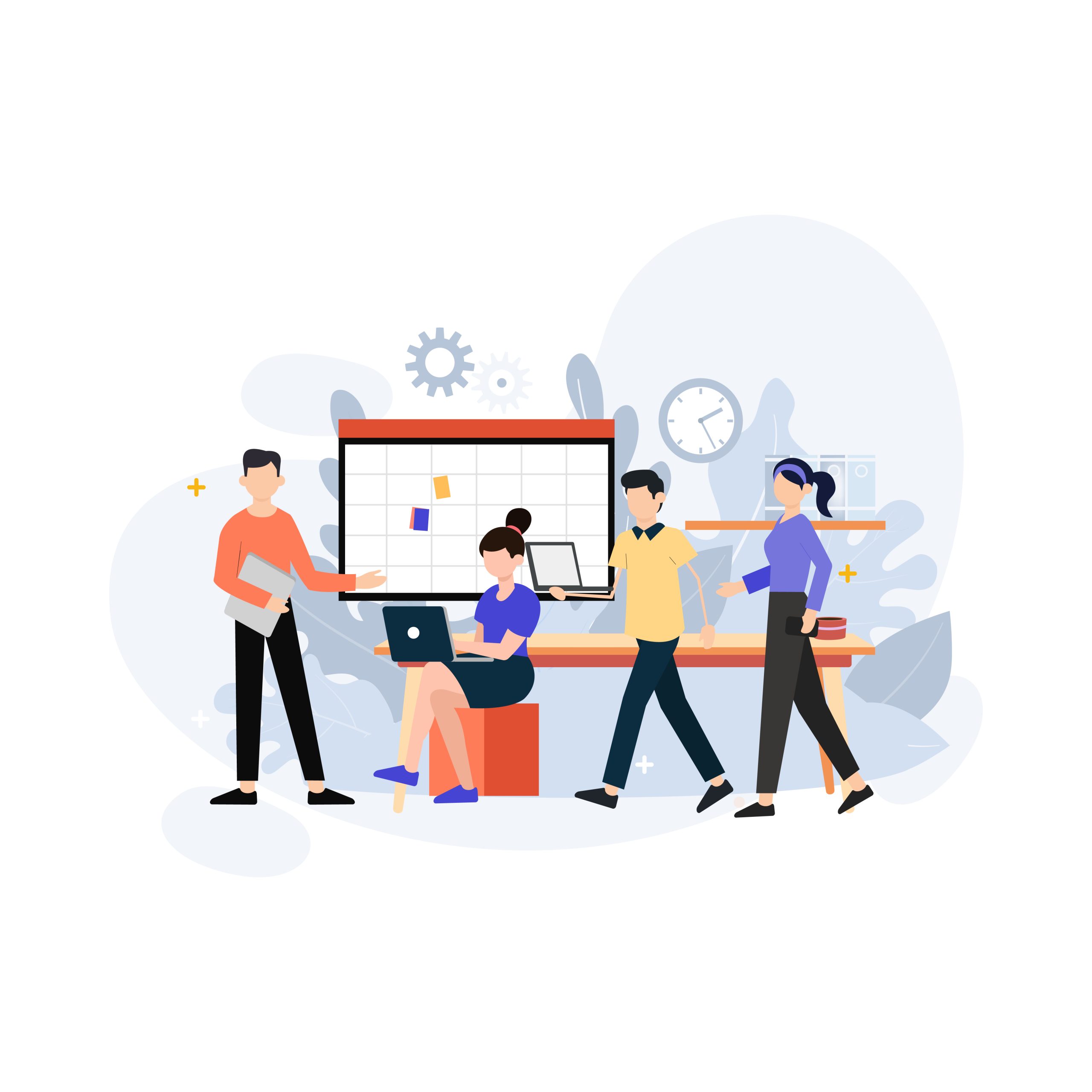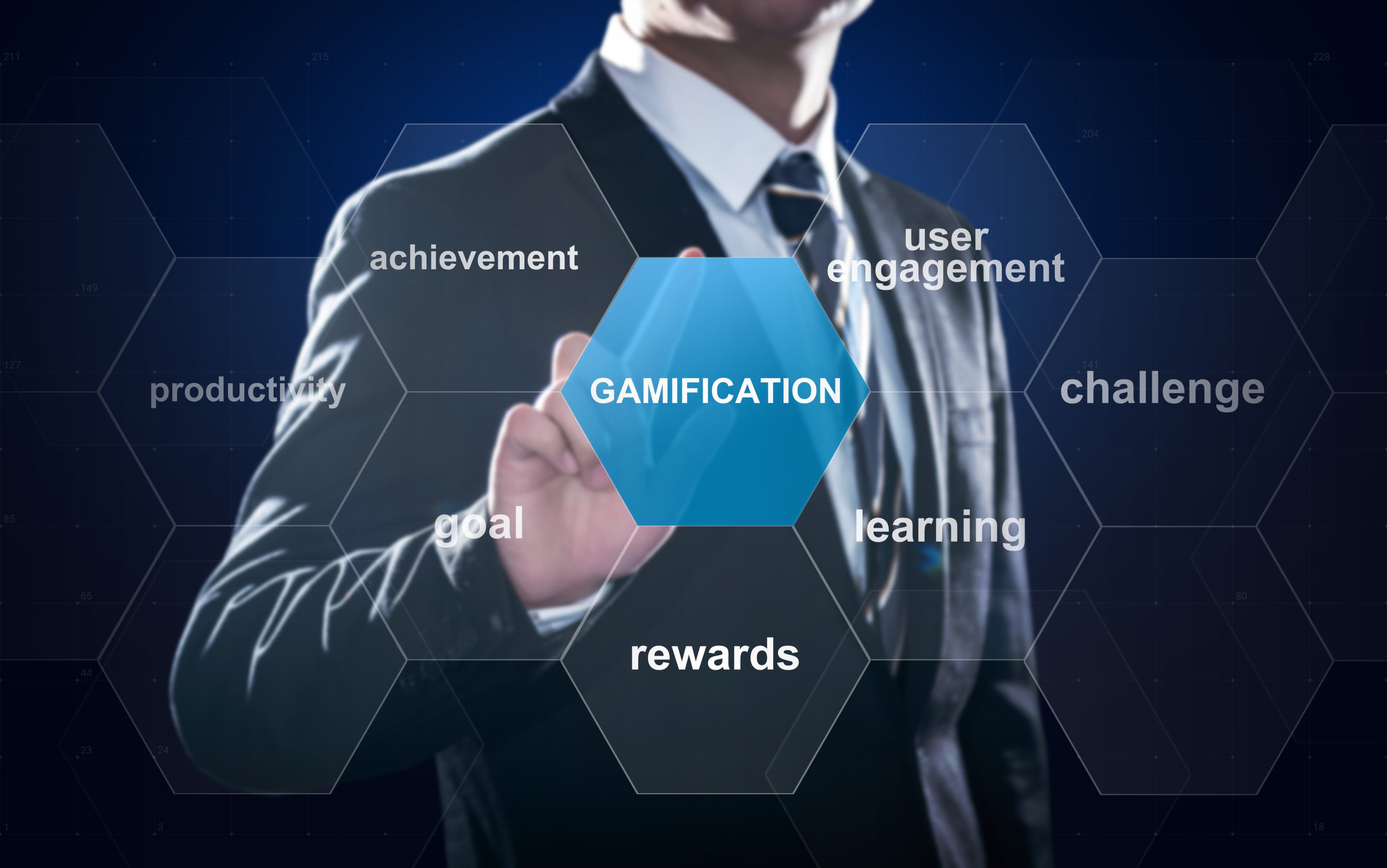Corporate Intelligence Analysis


Turning Data into Strategy for Risk Prevention, Compliance, and Competitive Advantage
Intelligence That Drives Security and Business Growth
At The Space of Agnes Elisa, corporate intelligence analysis goes beyond traditional research—it is a strategic service that helps businesses detect threats, prevent risks, protect assets, and make better decisions using verified, relevant, and timely information.
With over 20 years of experience in criminal and corporate intelligence, I support companies, institutions, and government entities in establishing robust intelligence functions to stay ahead of fraud, non-compliance, market disruptions, and reputational risks.
What Is Corporate Intelligence Analysis?
Transforming Information into Strategic Business Insights
Corporate intelligence analysis is the process of collecting, processing, and analyzing internal and external information to identify potential risks, monitor threats, evaluate opportunities, and inform strategic decision-making. It is rooted in the same analytical methodologies used in law enforcement and national security, adapted for the corporate world.
This service provides your business with clear, evidence-based insights that are essential for navigating complex environments, enhancing security, ensuring compliance, and protecting reputation and assets.

What Corporate Intelligence Analysis Can Help You Solve
Whether your business is navigating regulatory changes, facing internal fraud risks, or preparing to enter a new market, corporate intelligence analysis can give you the clarity and foresight you need. It helps resolve:
Internal fraud and financial irregularity
Vulnerabilities in compliance and operational systems
Due diligence gaps in vendor or partner vetting
Reputational risks due to third-party associations or public exposure
Insider threats and suspicious employee behaviors
Emerging criminal or fraudulent schemes targeting your industry
Lack of data use in strategic planning and business continuity
Ineffective or outdated risk management frameworks
My Experience in Corporate Intelligence
I bring over two decades of field experience in criminal justice, strategic intelligence, and corporate risk prevention. I have worked with public institutions, multinational companies, financial organizations, and law enforcement agencies in the United States, Puerto Rico, and Latin America
My expertise covers:
Intelligence collection and analysis for internal investigations
Strategic risk assessments and compliance audits
Development of intelligence products tailored for corporate decision-makers
Analysis of criminal patterns, digital threats, and market manipulation
Predictive and prescriptive analytics for risk mitigation
Implementation of early warning systems using red flags and weak signals
Capacity-building and training of internal intelligence units or compliance teams
Writing of confidential, actionable reports supported by verified data
Who Benefits from Corporate Intelligence Consulting
My services are designed for organizations operating in high-risk, regulated, or competitive environments, including:
Compliance teams
Nonprofits and NGOs working in high-risk regions
Private security firms and investigative agencies
Educational institutions managing sensitive research or data
Legal departments and internal audit units
Human resources departments investigating internal matters
Deliverables You Can Expect
When you work with me on corporate intelligence projects, you receive:
- Custom intelligence reports with actionable recommendations
- Strategic analysis of internal and external risks
- Red flag detection frameworks for fraud or misconduct
- Dashboards, briefings, and data visualizations for leadership
- Confidential presentations for executive teams or stakeholders
- Training sessions or workshops in corporate intelligence techniques
- Intelligence writing and reporting templates tailored to your organization

Why Corporate Intelligence Is a Business Asset
Investing in corporate intelligence is not about reacting to crises—it's about building a proactive, informed, and resilient organization. Intelligence helps companies:
Align compliance and operational efforts with strategic goals
Prevent reputational, legal, and financial damage
Anticipate market trends and criminal threats
Make fast, accurate decisions based on evidence and analysis
Gain a competitive edge through information dominance
Ready to Build Intelligence into Your Strategy?
When you work with me on corporate intelligence projects, you receive:
Whether you require a one-time risk analysis, ongoing investigative support, or a comprehensive intelligence capability integrated into your organization, I offer bilingual services tailored to your specific needs.
Let’s protect your business with strategy, data, and foresight.
Contact me today to schedule a private consultation and discover how corporate intelligence analysis can enhance your organization’s capabilities.

Let's Connect
If you're seeking support in designing your next learning experience or need expert intelligence consulting for your organization, I invite you to reach out.
I offer tailored solutions that align with your goals and challenges, and I'm always ready to collaborate on projects that create meaningful impact

Frequently Asked Questions
Find answers to common queries about academic research, teaching methodologies, and Agnes Elisa’s work in social justice and criminal justice.
What are the primary responsibilities of a Bilingual eLearning Instructional Designer?
A Bilingual eLearning Instructional Designer is responsible for creating compelling, engaging, and culturally appropriate eLearning content for diverse audiences. Duties include:
- Designing and developing eLearning courses using authoring tools like Articulate Storyline, Rise, or Adobe Captivate.
- Translating and localizing content for multilingual learners to ensure cultural and linguistic appropriateness.
- Collaborating with subject matter experts (SMEs) to gather and refine course content.
- Applying instructional design models like ADDIE or SAM to structure the learning process.
- Integrating multimedia elements like graphics, videos, and interactive activities to enhance learning.
What skills are essential for a Bilingual eLearning Instructional Designer?
Key skills include:
- Instructional Design Expertise: Proficiency in designing engaging, learner-centered content.
- Technical Skills: Familiarity with eLearning tools and Learning Management Systems (LMS).
- Bilingual Proficiency: Fluency in two or more languages to ensure accurate translation and cultural relevance.
- Collaboration: Ability to work with SMEs, developers, and stakeholders.
- Problem-Solving: Adapting designs to address unique learner needs and project constraints.
What is the typical process for creating an eLearning course?
The process often follows the ADDIE model:
- Analysis: Identify the learners’ needs, objectives, and content requirements.
- Design: Develop a blueprint, including learning objectives, activities, and assessments.
- Development: Build the course using eLearning tools, incorporating multimedia and interactivity.
- Implementation: Upload the course to an LMS or platform and ensure it functions properly.
- Evaluation: Collect learner feedback and analytics to improve the course.
How does being bilingual enhance an eLearning Instructional Designer's effectiveness?
Being bilingual enables designers to:
- Create inclusive and culturally sensitive content for a global audience.
- Translate and localize training materials while maintaining instructional integrity.
- Communicate effectively with multilingual teams and stakeholders.
- Adapt designs to address linguistic nuances and cultural differences, ensuring relevance and engagement for all learners.
What challenges do Bilingual eLearning Instructional Designers face, and how can they overcome them?
Challenges include:
- Maintaining Consistency Across Languages: Ensuring the same quality and instructional intent in all translations.
- Solution: Use translation memory tools and collaborate with professional linguists.
- Cultural Differences: Adapting content to suit the cultural context of learners.
- Solution: Research and include culturally relevant examples and scenarios.
- Technology Limitations: Navigating LMS restrictions or tool compatibility issues.
- Solution: Test content on various platforms and devices to ensure accessibility.





